Guide to this article
With the advancement and popularization of IoT technology, the realization of smart home systems has gradually become easier. Smart home can greatly improve people's quality of life, thanks to the improvement of the home system, but how to ensure that the single product is perfectly connected to your smart system?In recent years, smart homes have set off a considerable heat wave in China. After years of baptism, smart homes have passed the stage of concept popularization in my country. However, due to slow development, the smart home industry has not been popularized, 85% Of consumers say that they have only heard of smart homes, but they don’t know which devices are included in smart homes and what functions they need.
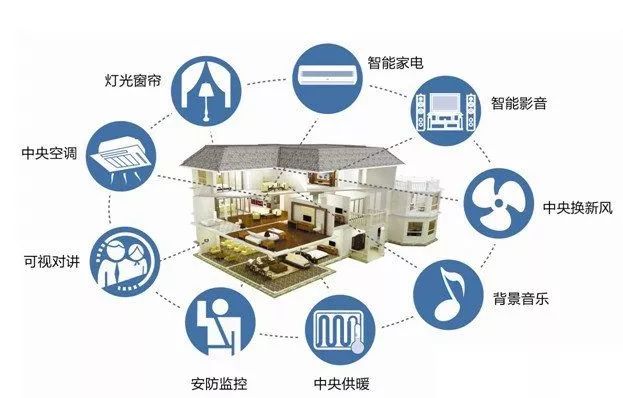
Figure 1 Smart home control system
In fact, this is also the embarrassment of the positioning of my country's smart home industry. Since the introduction of the industry, there has not been a unified standard to show what kind of demand smart home needs to meet and what kind of services can be provided to consumers. Different manufacturers have different positioning, some lighting companies, electrical appliances companies and even some curtain companies have entered the smart home market. Related products can be described as diverse, and the stability of the products is lacking.
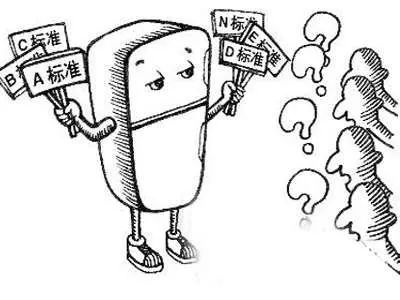
Figure 2 Lack of standards leads to uneven product performance
Wi-Fi, ZigBee, Bluetooth and other wireless communication methods have their own advantages and disadvantages. Manufacturers' alliances and unified industry communication standards are the urgent problems in the smart home industry. Only in this way can many users enjoy the benefits of smart home. Convenient and smart life.

Figure 3 Applicable scenarios and characteristics of Wi-Fi, ZigBee, and Bluetooth
1. Wi-Fi solution
Wi-Fi technology is the technology with faster wireless transmission speed at present, and the product cost is also lower. It is more popular in current life. The most convenient is that you only need to buy a module to connect to the Wi-Fi network and use it. Therefore, smart home products based on Wi-Fi technology currently account for the largest market share.
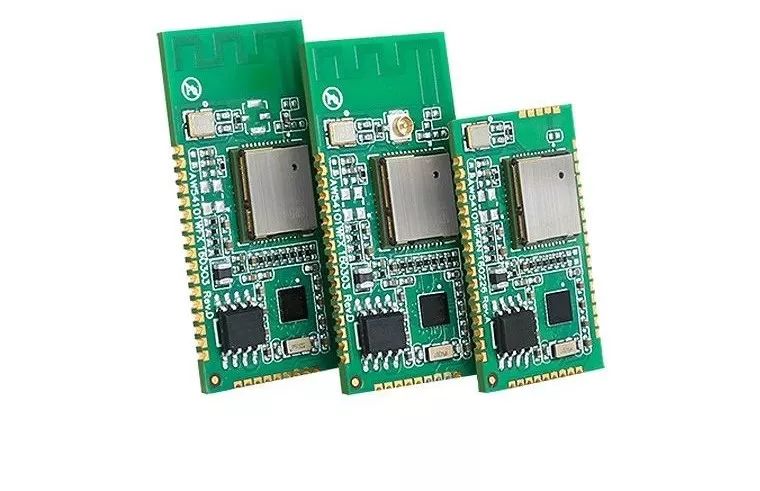
Figure 4 ZLG Zhiyuan Electronics Wi-Fi module
Figure 4 shows a low-power, high-performance Wi-Fi module launched by ZLG Zhiyuan Electronics. The product is designed with Broadcom wireless solutions.
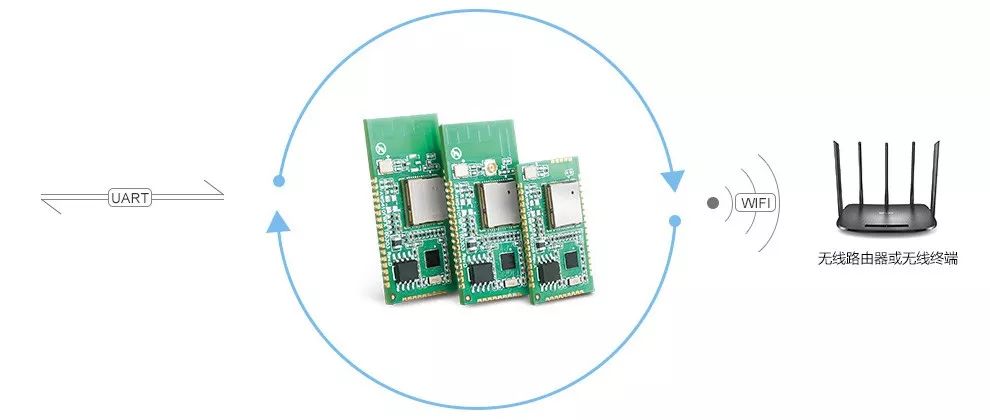
Figure 5 WM6201 serial port transparent transmission
The module has a built-in processor with a Cortex-M4 core, the main frequency is up to 100MHz, the wireless conforms to the IEEE 802.11b/g/n protocol, and supports UART serial port transparent transmission. The user does not need to understand the complex TCP/UDP and wireless network protocols. Fast networking of equipment.
Two, ZigBee solution
Sensors play a very important role in the Eco System of the Internet of Things, and are even more important in the application scenarios of smart homes, such as light control, curtain control, temperature control, smoke detection, and even security systems All need to be realized through sensors.
With the development of wireless network technology, the technical standards of wireless sensor networks have also undergone rapid innovation and progress, and ZigBee is one of them. ZigBee is a wireless network protocol for medium-distance and low-speed transmission. Its advantages are low power consumption, low cost, support for a large number of network nodes and support for multiple network topologies (point-to-point network, star network, mesh network).

Figure 6 ZigBee point-to-point, star, mesh network topology
Since the advent of ZigBee in 2001 to the present, it has undergone more than ten years of reforms. ZigBee3.0 unifies the standards between different application specifications (Profile), allowing various ZigBee devices running in different applications to be interconnected and interoperable for the whole thing. The networked system has opened up the link channel, greatly enhancing the development process of the entire Internet of Things and smart home applications.
Huawei applied to join the ZigBee Alliance on August 29, 2016, became a member of the "facilitator" and obtained a board seat. Huawei's membership of the board of directors of the ZigBee Alliance undoubtedly further demonstrates the growing influence and value of ZigBee in the field of Internet of Things.

Combining years of market experience and the actual needs of users in the industry, ZLG ZHIYuan has taken 80% of users’ actual application requirements and 90% of the protocol development time-consuming, and launched a series of low-power and high-powered wireless microcontrollers based on NXP JN516X Cost-effective ZigBee module.
Its biggest features are extremely strong practicability, high transmission efficiency, reliable and stable performance, simple secondary development, and flexible engineering network layout.
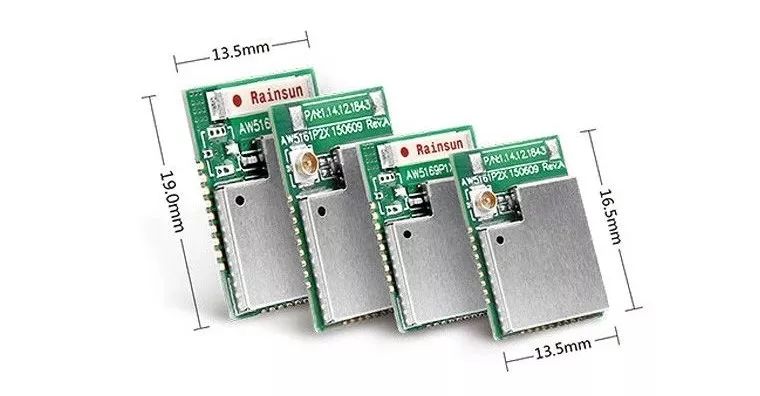
Three, Bluetooth solution
Bluetooth technology (Bluetooth) should be another key wireless transmission technology second only to Wi-Fi and ZigBee in smart home application scenarios. It is usually used for short-distance wireless communication between different devices, like Wi-Fi and Bluetooth. The technology has undergone nearly two decades of evolution, from BT1.0, BT2.0, BT3.0, BT4.0 to the latest BT5.0, among which the Bluetooth Technology Alliance (SIG) has proposed in the Bluetooth 4.0 standard specification The operating mode of "Bluetooth Low Energy" (BLE, Bluetooth Low Energy), the Bluetooth Technology Alliance further launched the Bluetooth 4.1 technical specifications at the end of 2013, the main purpose of which is to make Bluetooth Smart technology eventually become the development of the Internet of Things Core power.
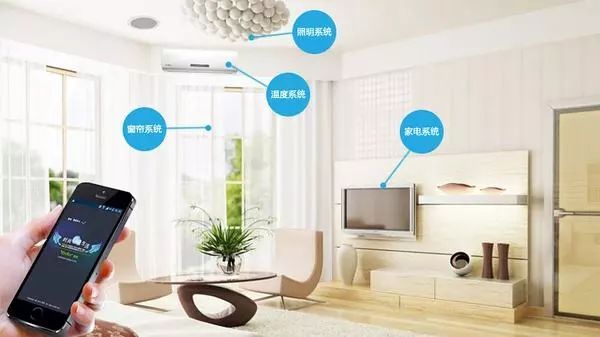
The ZLG9021 series Bluetooth module is a low-cost, low-power and small-size BLE module launched by ZLG Zhiyuan Electronics, which complies with the Bluetooth 4.0 standard.

The module has a built-in complete wireless protocol stack and supports serial transparent transmission mode. Users can quickly use it without cumbersome RF hardware design or wireless protocol development, which greatly reduces R&D investment and shortens the product development cycle.
The standards, specifications, and protocols of the Internet of Things may require a long process of rectification and improvement. Of course, new technologies are still being developed. It is foreseeable that the compatibility between each specification will become better and better.
And through the efforts of IoT product developers, products that support multiple transmission technologies and multiple specifications at the same time will become mainstream. Before a single wireless network transmission technology and specifications unify the entire IoT system, it can be compatible with multiple This kind of transmission technology and standardized products can respond to market changes and is not limited by the established framework.
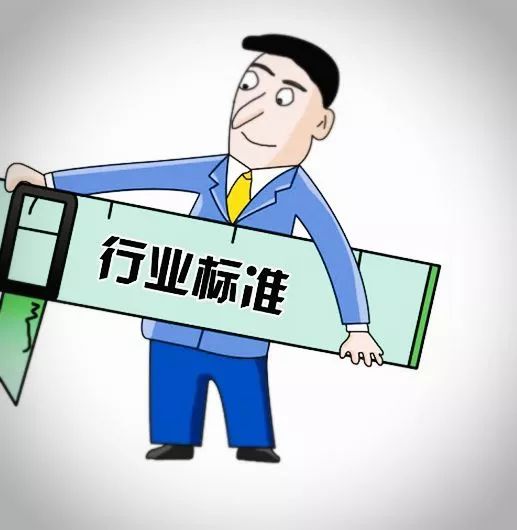
Will there be a world where specifications dominate the Internet of Things in the future? No one can provide a clear answer at this time.
However, diversified and creative products and applications can make everything more freely interconnected and bring more convenience to human life. It is the future of all scientists, software and hardware equipment developers, specification makers and solution providers. The goal of working hard together.
Solid-state Capacitors / Motor Starting Capacitors
Solid - state capacitors are all called: solid - state Aluminum Electrolytic Capacitors.It with the ordinary capacitance (that is, the liquid aluminum electrolytic capacitors) the biggest difference is that use different dielectric material, liquid aluminum capacitor dielectric material as the electrolyte, and solid-state capacitor dielectric material is conductive polymer materials.Solid-state capacitors / Motor starting capacitors
Solid-state capacitors,Motor starting capacitors,Solid-State Capacitors,Solid-State Small Size Capacitors,Solid-State Low Impedance Capacitors,Long Life Solid-State Capacitors
YANGZHOU POSITIONING TECH CO., LTD. , https://www.pst-thyristor.com